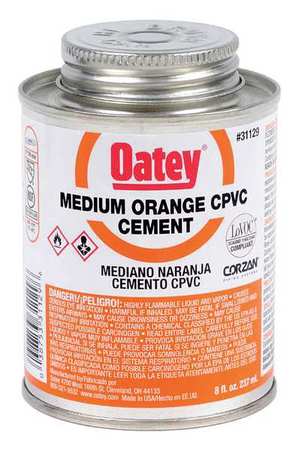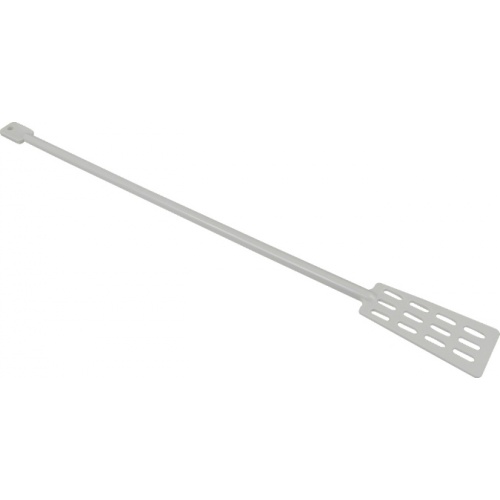mrgrimm101
Well-Known Member
I am putting together a 48qt cooler MLT and I have the cpvc parts cut out and put together for the manifold. I want to use cpvc cement on some of the pieces and adhere them together, but I was concerned that it might have negative effects. Would I have any problems from using the cemented cpvc manifold in the mash?
I've attached a photo of the design I went with. I bought 3/8" parts for the outside and the cpvc is 1/2". I bought a brass coupler that converts 1/2" to 3/8". Could this brass piece cause any issues?
Here's a photo of the cpvc cement I got.
Thanks for looking.


I've attached a photo of the design I went with. I bought 3/8" parts for the outside and the cpvc is 1/2". I bought a brass coupler that converts 1/2" to 3/8". Could this brass piece cause any issues?
Here's a photo of the cpvc cement I got.
Thanks for looking.










































![Craft A Brew - Safale S-04 Dry Yeast - Fermentis - English Ale Dry Yeast - For English and American Ales and Hard Apple Ciders - Ingredients for Home Brewing - Beer Making Supplies - [1 Pack]](https://m.media-amazon.com/images/I/41fVGNh6JfL._SL500_.jpg)



















